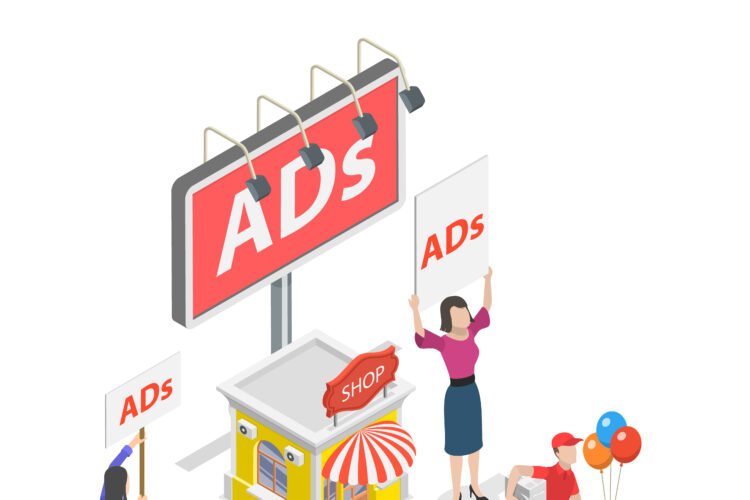
Transit advertising has always played a crucial role in connecting brands with audiences on the go. As cities have grown and technology has evolved, so has transit advertising. This article explores how transit advertising has transitioned from simple static posters to dynamic digital displays, reshaping how businesses communicate with their target market.
1. The Early Days: Static Posters
In the early days, transit advertising mainly comprised static posters displayed on buses, trains, subways, and in stations. These posters were the go-to medium for businesses to promote products and services to daily commuters. With large, bold images and minimal text, these ads relied on eye-catching visuals to grab attention.
Although static posters were effective, they had their limitations. They couldn’t be updated frequently, and the production process was time-consuming and costly. Despite this, they laid the foundation for what would become a sophisticated and multi-faceted advertising platform in transit spaces.
2. The Rise of Billboard and Bus Shelter Advertising
As cities expanded, so did the scope of transit advertising. Billboards along highways and bus shelters became prime real estate for advertisers. Billboards offered high visibility to both drivers and pedestrians, while bus shelters provided a unique opportunity to engage with a captive audience.
This phase marked a new era where transit advertising wasn’t limited to just buses or trains but expanded into the cityscape. However, while these mediums provided more exposure, they were still static, requiring physical updates to change the messaging.
3. Introduction of Digital Screens
The introduction of digital screens marked a significant shift in transit advertising. LED and LCD displays began to appear in train stations, on buses, and at bus stops, offering advertisers a more flexible and dynamic medium. Digital screens allowed for rotating ads, video content, and real-time updates, making it possible to display multiple messages throughout the day.
This transition provided several advantages:
- Dynamic Content: Advertisers could use animations, videos, and interactive elements to create eye-catching ads.
- Real-Time Updates: Content could be updated remotely, allowing for real-time advertising based on factors like weather, time of day, or current events.
- Cost-Effectiveness: Digital screens reduced the need for printing and physical installation, making it easier and more cost-effective to change ads frequently.
4. The Emergence of Interactive and Targeted Ads
As digital technology advanced, transit advertising became more interactive and targeted. Some digital displays now feature touchscreens, allowing commuters to engage directly with ads. For example, a bus shelter ad might feature a touchscreen that lets users browse a product catalog or access promotional codes.
Moreover, advancements in data analytics and artificial intelligence have enabled advertisers to target ads based on demographics, location, and time. For instance, a coffee shop can display ads during morning rush hours to attract commuters looking for a quick caffeine fix. This level of targeting significantly enhances the effectiveness of transit advertising campaigns.
5. The Future: Integration with Smart City Infrastructure
Looking ahead, transit advertising is poised to become an integral part of smart city infrastructure. The integration of Internet of Things (IoT) devices, augmented reality (AR), and 5G connectivity is set to revolutionize how transit ads interact with consumers.
- Augmented Reality: With AR-enabled displays, commuters can use their smartphones to interact with transit ads, enhancing the overall engagement experience.
- Real-Time Data Integration: Digital transit ads will leverage real-time data from city systems, displaying messages tailored to current events, traffic conditions, or local news.
This evolution will provide advertisers with unparalleled opportunities to connect with audiences in a personalized and contextually relevant manner.
Conclusion
The journey of transit advertising from static posters to digital displays showcases the industry’s adaptability and innovation. Today’s digital transit ads are not just about displaying a message; they are about creating dynamic, interactive, and targeted experiences for audiences on the move.
As the evolution continues, companies like Braion are at the forefront of harnessing the latest technologies in transit advertising. With cutting-edge digital solutions and strategic planning, Braion helps brands stay ahead in this ever-changing landscape.



